- The Gambella region of Ethiopia is home to 71 bird species that are culturally important to the traditional pastoralist Nuer people and have several uses for the community, such as indicating seasonal changes and fish abundance.
- According to a recent study, the Nuer people maintain deep connections with these species, which helps the birds conservation, but threats to their habitats and wetlands are increasing.
- In the lead up to the Ramsar Convention on Wetlands (COP15), Mongabay interviewed the studys lead author Abebayehu Aticho about the spiritual ties, symbiotic relationships of Nuer people with birds and wetlands, and strategies required for the species conservation.
- The preservation of traditional knowledge and its incorporation into conservation strategies and policy making at local, national and global levels is important, says Aticho.
When Abebayehu Aticho first visited the flat terrains and floodplains in the Gambella region for his Ph.D. research in 2014, he was captivated by the rich biodiversity and bird varieties that inhabited the region.
Tucked in western Ethiopia, bordering South Sudan, the Gambella region is home to various bird species like the colorful kingfisher that locals trail to find fish and the black-crowned crane whose calls signal seasonal changes. For the traditional pastoralist Nuer people, who seasonally migrate within Ethiopias plains and Africas largest wetland in South Sudan, the Sudd, these birds are gaatkuoth, sacred children of God.
In a recent study co-authored by Aticho and published in People and Nature, researchers dived deep into this human-bird interaction in western Ethiopia and explored the cultural and spiritual connection between the birds and the tribe. They identified 71 culturally important bird species that the community utilizes in several ways, including in traditional medicine, indication of fish abundance for fishers and of coming seasons, and bushmeat. They also use them to make amulets for protection against danger and as omens and messages, besides appreciating their scenic beauty.
The connection between these birds and people is not just spiritual. The Nuer people depend on them to forecast weather and follow birds to find fish stocks and species in the wetlands, says Aticho.
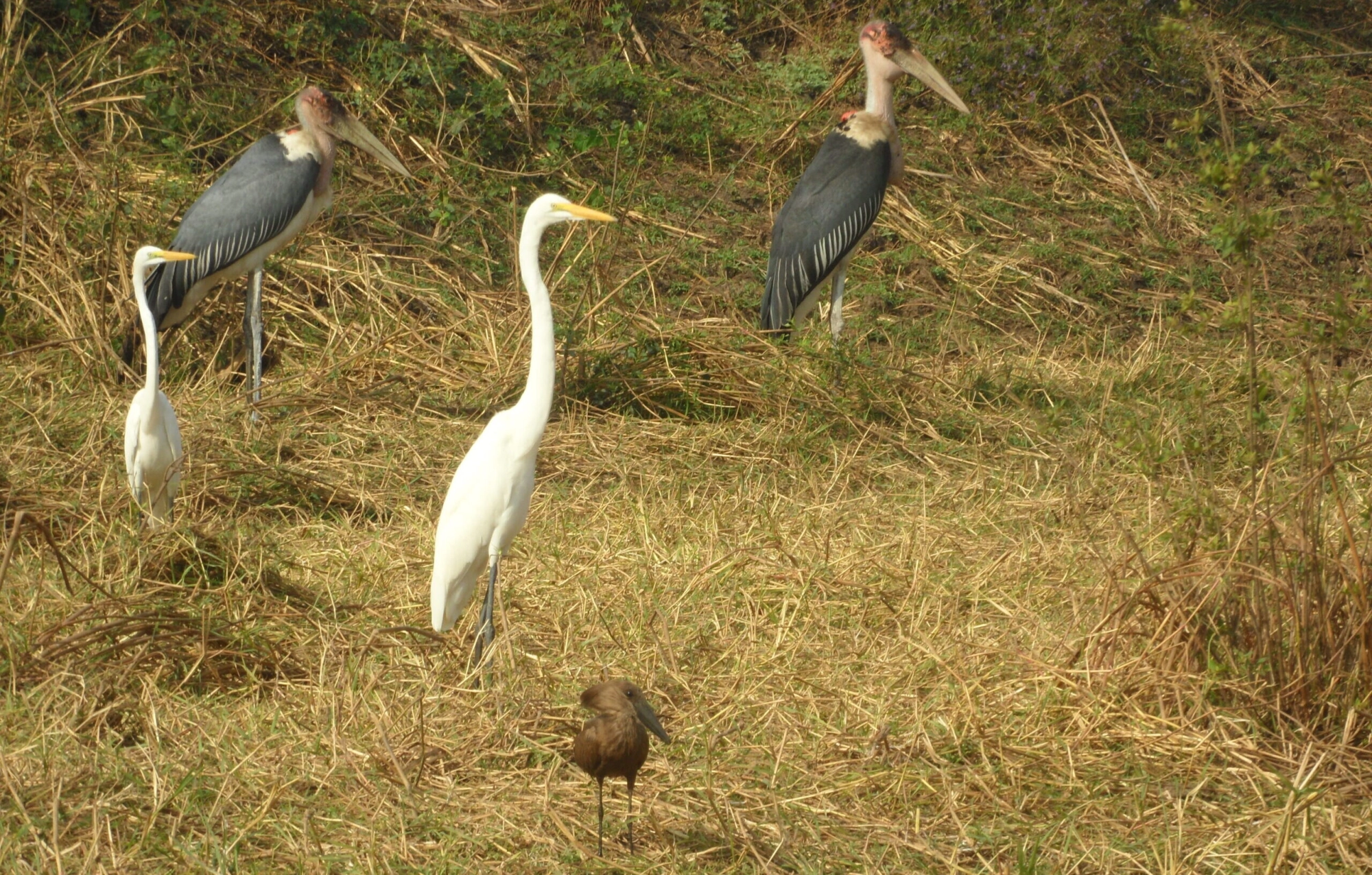 Birds in wetlands, Gambella, Ethiopia. Image courtesy of Abebayehu Aticho.
Birds in wetlands, Gambella, Ethiopia. Image courtesy of Abebayehu Aticho.
According to the locals, certain species are seen as messengers bringing them blessings, omens or bad luck. They commonly name children, especially twins, after birds, and use the feathers and other body parts to make amulets to ward off danger.
In the lead up to the Ramsar Convention on Wetlands (COP15), currently taking place in Zimbabwe, Mongabay interviewed Abebayehu Aticho about the spiritual ties, symbiotic relationships of Nuer people with birds and wetlands, and strategies required for the species conservation. Aticho is a Ph.D. candidate at the department of natural resource management at Ethiopias Jimma University.
The following interview has been edited for clarity and length.
Mongabay: Respondents told you that several bird species are used for weather forecasting and tracking seasonal changes by the Nuer. How exactly does this work and what did people tell you about the accuracy of these indicators?
Abebayehu Aticho: The Nuer peoples way of life is very traditional as they depend on natural resources to predict the weather and [other changes in] their surroundings. They have never depended on technology to guide their daily lives and so they have observed the birds for weather forecasting.
Birds in the area move from one place to another in search of food, hiding places and breeding. In such cases, migratory birds are mostly used for weather forecasting and, to date, they [the Nuer] find it accurate for predicting weather conditions. In the migration season, if resources are deficient in some areas, they move from resource-scarce areas to resource-abundant areas.
Some breeding birds come from one area to another area following seasons. So birds help them predict the season. It is a traditional practice and has guided the community for generations.
For example, different species of cranes are actively observed for weather forecasting. During the rainy season, cranes move from [their] usual areas to isolated breeding grounds and come back in the dry season. This is associated with seasonal changes.
When we say seasonal prediction, it is not associated with a single bird but rather a flock of migrant birds that come to the village. They hear the birdcalls and associate their behavior, which helps them predict upcoming seasons. For instance, when a sedge of cranes gathers, making harmonious calls, they expect that the rainy season will come very soon.
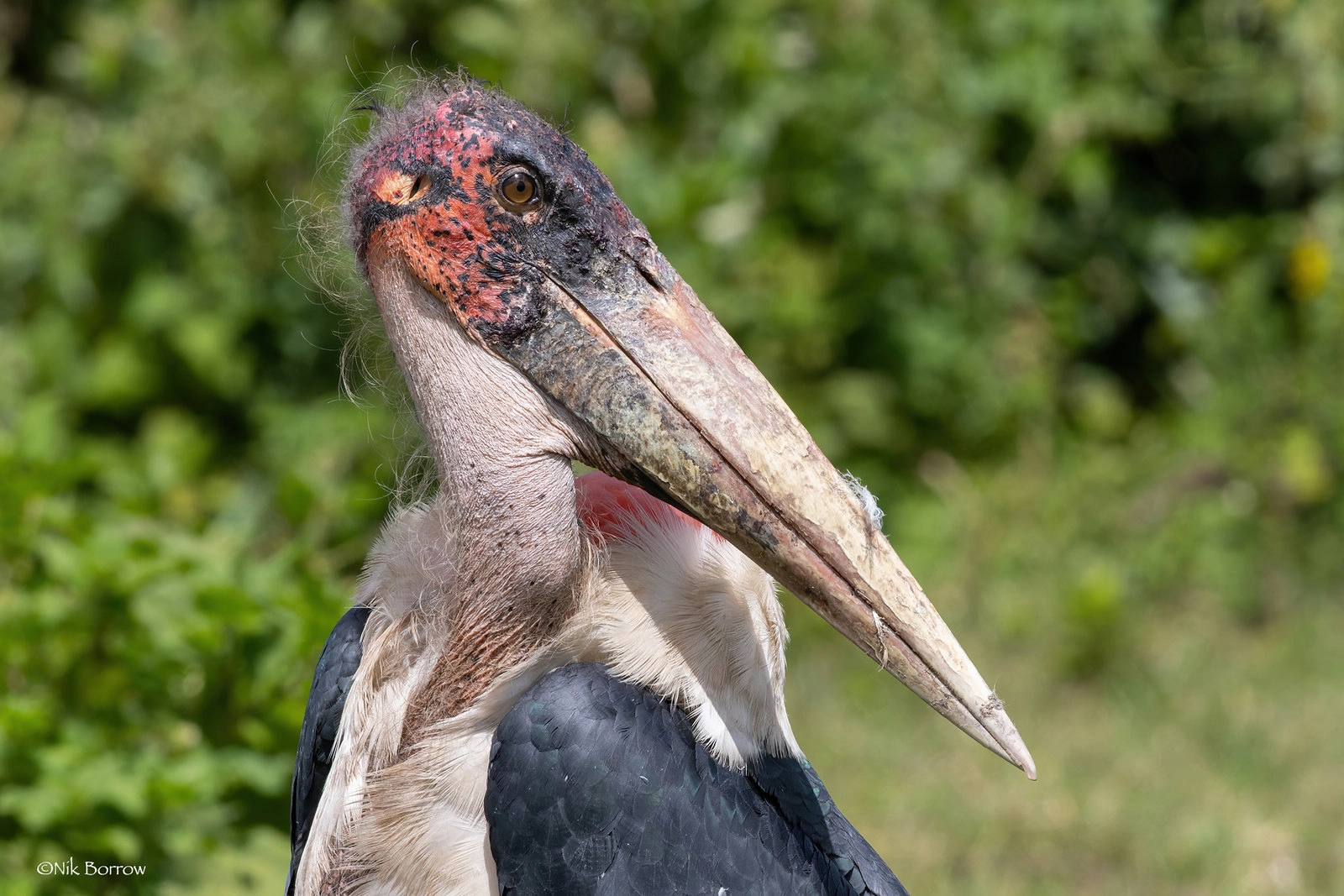 Marabou Stork (Leptoptilos crumenifer) in Tanzania. According to the study, Nuer people use these birds as indicators of fish abundance in a water body. Image by Nik Borrow via Flickr (CC BY-NC 2.0).
Marabou Stork (Leptoptilos crumenifer) in Tanzania. According to the study, Nuer people use these birds as indicators of fish abundance in a water body. Image by Nik Borrow via Flickr (CC BY-NC 2.0).
Mongabay: How have the Nuer people held on to their relationship with these birds?
Abebayehu Aticho: In Ethiopia, there are more than about 83 different Indigenous/ethnic groups and Nuer peoples are one of them. When we compare the Nuer community with other pastoral communities in Ethiopia, the Nuer people are [in a] more or less safe and secure area. They have fewer problems regarding water and grazing lands.
Sometimes, the nomadic people from West Africa, including Chad, Niger and South Sudan come in search of water and pasture for livestock. Even if there is a huge resource competition in the region and the area is vulnerable to habitat degradation, the area is very fine, and people have harmoniously coexisted with the natural environment.
They entirely depend upon the natural resources found in nature, for example, more than 50% of their food comes from the aquatic environment like fishing. So, they highly depend on fishing. More than 90% of the Nuer people depend on wetlands for food and water resources. When the wetland is flooded during the rainy season, they move with their livestock to the upland area for a certain period of time and they stay there until the flood levels come down and then get back to the wetland and start fishing in the dry season.
When I visited the community, I realized the Nuer people have a peaceful way of life and a different culture compared to other regions. For example, the culture of communities in the northern part of the country is quite different as they do not have a spiritual connection with birds or consider them as sacred children of gods, while Nuer people name their children, especially the twin-born, after the birds, or wear their amulets to protect themselves from danger.
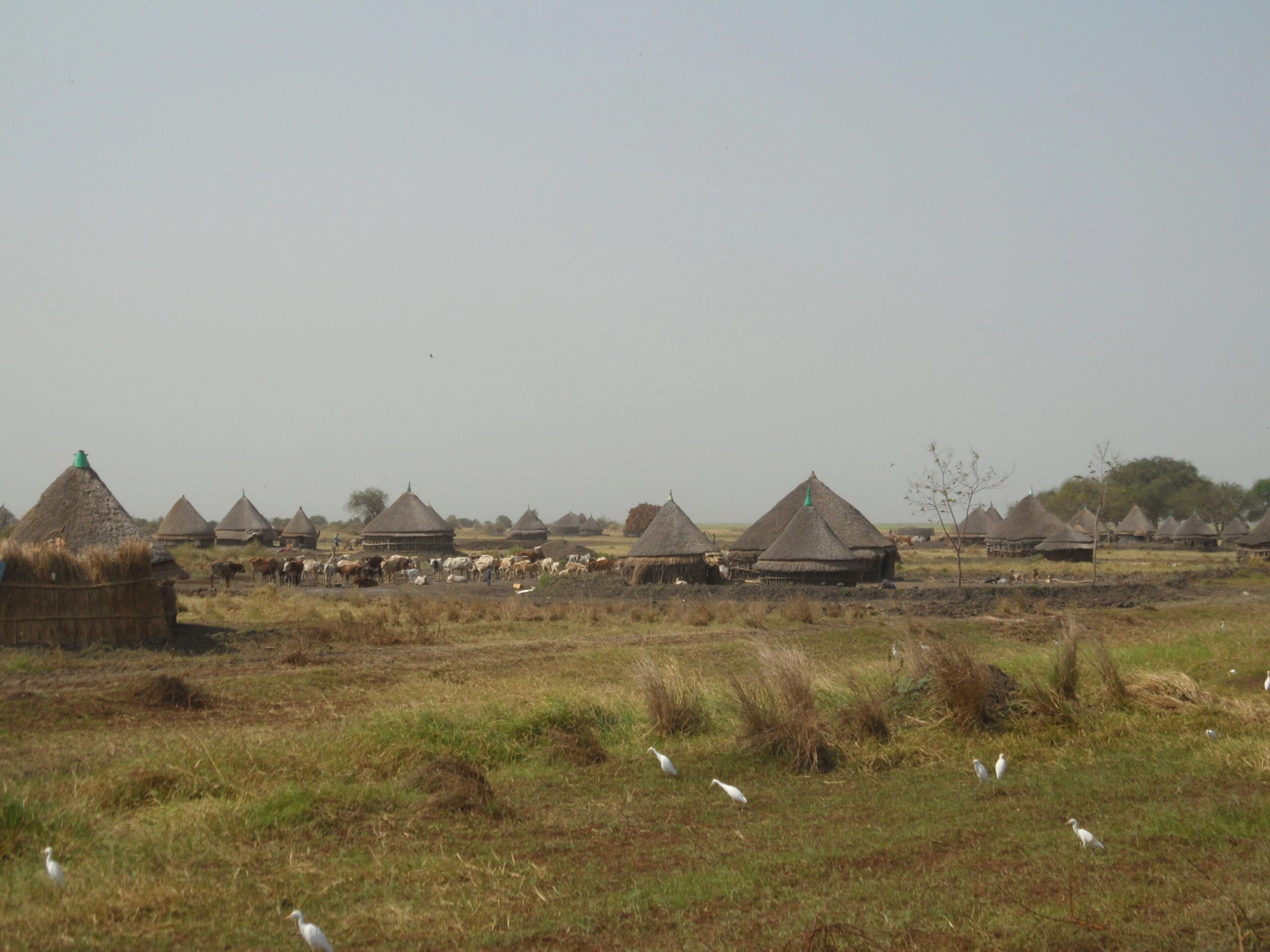 A Nuer village in Gambella, Ethiopia. Image courtesy of Abebayehu Aticho.
A Nuer village in Gambella, Ethiopia. Image courtesy of Abebayehu Aticho.
And these beliefs help them guide their conservation efforts. So, the culture of the Nuer people living in the Gambella region is uniquely different from [that of] other communities.
Mongabay: On what occasions do Nuer people hunt birds? And how do they avoid overexploiting them?
Abebayehu Aticho: Firstly, these birds are considered to be sacred children of the gods, so they hold moral values of birds, and therefore most communities do not hunt birds. Secondly, [as] they name their firstborn children after birds, it shows their deep relationship with the birds. Thirdly, they relate the birds to twins, which means when someone has a lineage of twins, they especially consider the person to belong to a bird family.
Those who have a twin lineage will never use birds for any purposes, not even medicinal ones. For example, if someone has a twin lineage, the whole family will never use birds for medicine or eat them as bushmeat, which shows how they are spiritually connected with these species.
Hunting birds for medicinal purposes is very rare. For example, only a selected number of elders or village chiefs are allowed to hunt and preserve birds for medicinal purposes to treat some ailments [within the] communities.
However, during [the] occasional droughts and food shortages, the community hunt large-bodied birds for survival. Helmeted guinea fowl is most commonly hunted during food shortages and only those without any twin lineages or having lack of resources are allowed to hunt them. Families with good resources and livestock cannot hunt birds.
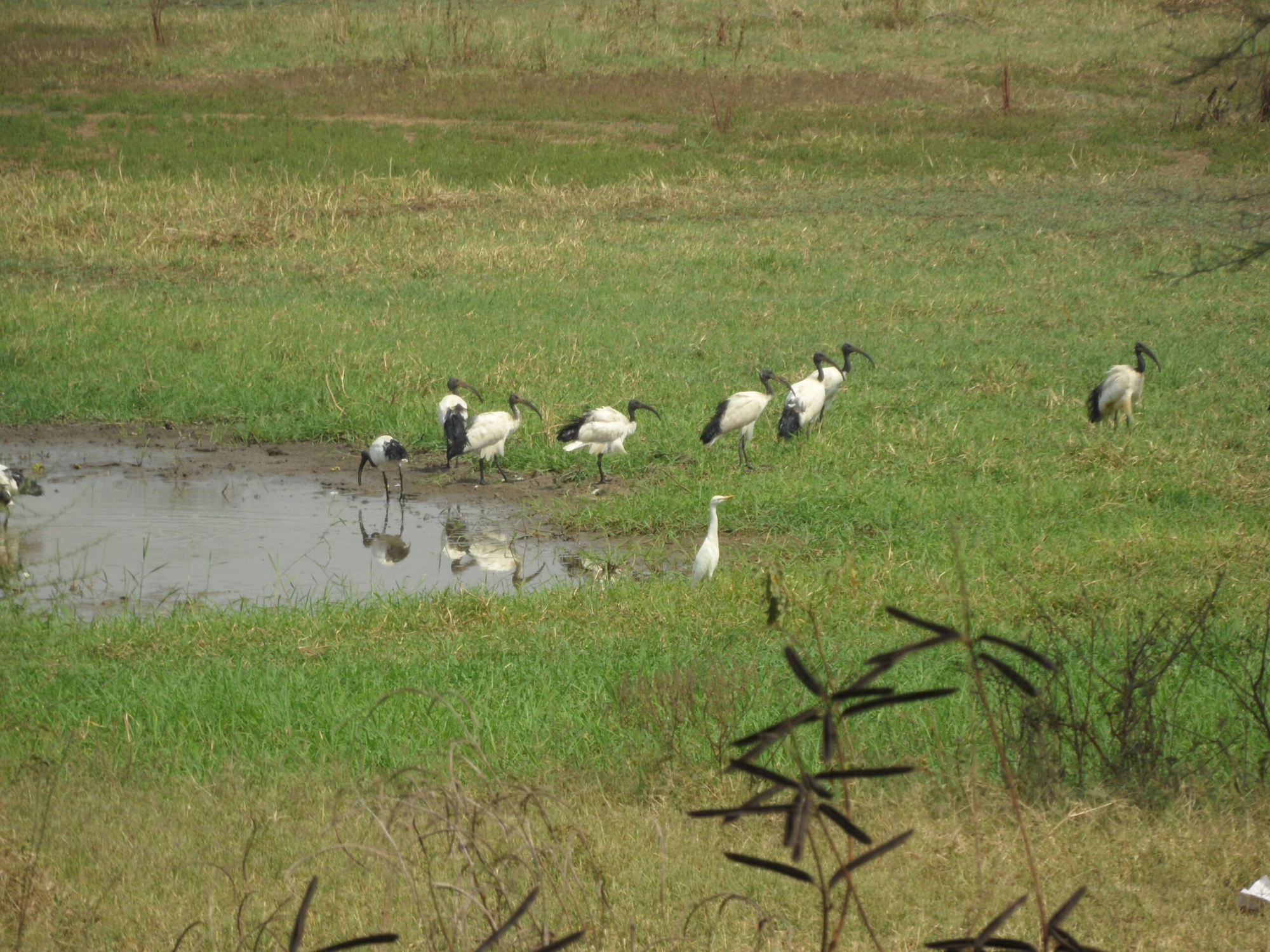 Birds in wetlands, Gambella, Ethiopia. Image courtesy of Abebayehu Aticho.
Birds in wetlands, Gambella, Ethiopia. Image courtesy of Abebayehu Aticho.
[The communities we spoke to said] if people hunt birds beyond their needs, their family line will be cursed, or they may have to face spiritual punishment which is manifested in the form of flooding, thunder, lightning and other natural disasters that affect their lives and harm their livestock.
These spiritual beliefs help conserve natural resources.
Mongabay: What are the current threats to birds in the Gambella region?
Abebayehu Aticho: The biggest threat to birds is habitat degradation. The human population is growing [and theres an] increasing need for agriculture, settlements and infrastructure development. These [farm]lands are created at the expense of natural habitats. Poor conservation policies and limited resources allocated for conservation are among other big challenges.
As the Gambella region is connected with the Sudd wetlands the largest wetland in Africa this region is a biodiversity hub and home to many threatened bird species. Its also the scene of Africas second-largest mammal migration.
So, when it comes to the wetlands, the ecosystem is at a big risk in Ethiopia. Because wetlands have water [in] all seasons, people are likely to over-extract water and seek fertile lands to cultivate, making wetland habitat more vulnerable to human encroachment in Ethiopia its a similar situation in other parts of Africa.
Gambella has very fertile land with huge water resources. Although its flat lands are prone to flooding in the rainy season, it has attracted national and international investors in agriculture who want to convert wetland areas to commercial farmland.
But if they start farming [there] in the dry season, when the wet season comes, the crops will be devastated by flooding. Even if they are interested, the topography and the flooding issue never allow them to do commercial farming, and that serves as an advantage for conservation.
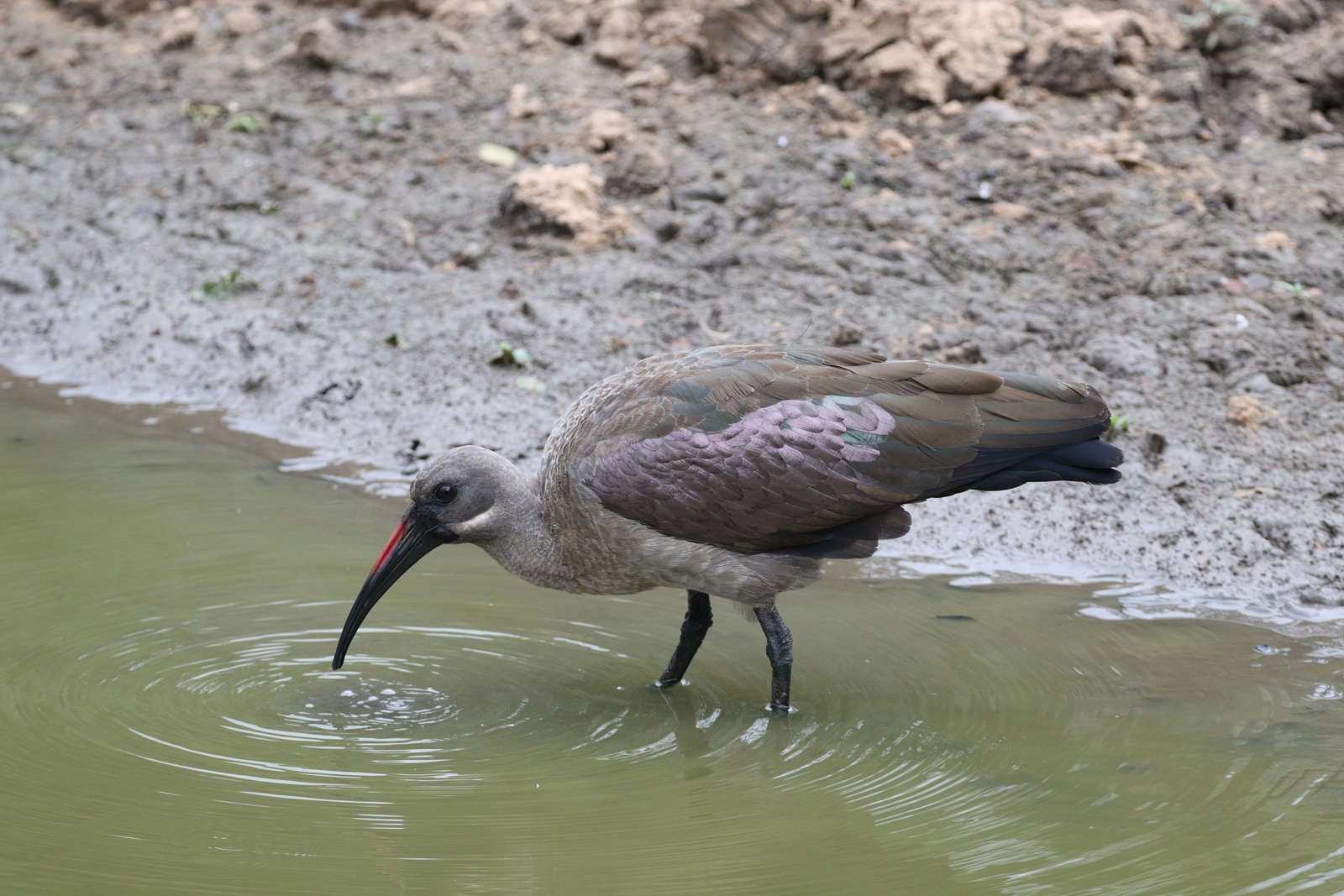 Hadada Ibis (Bostrychia hagedash). This species is among the gaatkuoth birds (meaning children of god, children of light and symbols of the divine). Image by Brendan Ryan via Flickr (CC BY-NC-SA 2.0).
Hadada Ibis (Bostrychia hagedash). This species is among the gaatkuoth birds (meaning children of god, children of light and symbols of the divine). Image by Brendan Ryan via Flickr (CC BY-NC-SA 2.0).
Mongabay: How has the Nuer peoples relationship with the bird species changed in recent decades?
Abebayehu Aticho: In terms of how the relationship between Nuer people and birds has changed, I think this can be the next research question for our study because the issue of globalization is likely to impact traditional knowledge in the region. Modern education is everywhere, and Indigenous cultures are disrupted by westernization.
Our current research only [focuses] on Indigenous knowledge. However, we are interested in studying how westernization can affect Indigenous knowledge, practices and the concept of coexistence in the future.
Mongabay: How significant is understanding human-bird interactions like these for developing local and national conservation strategies? What important gaps can science and technology fill in the process?
Abebayehu Aticho: Although Indigenous communities occupy a small fraction of lands globally, these lands host rich biodiversity hotspots, highlighting Indigenous peoples roles in biodiversity conservation.
This implies that considering their cultures and perspectives is very important for sustainable conservation of the resources they are taking care of. Most of the conservation issues begin with not acknowledging local peoples cultures and perspectives while these should be included in the conservation planning both locally and nationally.
For instance, in the case of Gambella, some international donors initiate bird conservation without incorporating the local knowledge and culture of the Nuer people, the conservation practice will eventually fail because it doesnt take the local context into account.
Sometimes the Indigenous communities suffer because they have no access to funds that are [getting funneled] from international agencies or intergovernmental collaboration. Even if they say local people have bigger contributions to conservation, if they still continue to suffer from human-wildlife conflicts or any rights violations, they do not benefit from the conservation process.
 White-backed vulture (Gyps africanus). This species is among the gaatkuoth birds (meaning children of god, children of light and symbols of the divine). Image by Ian White via Flickr (CC BY-NC-SA 2.0).
White-backed vulture (Gyps africanus). This species is among the gaatkuoth birds (meaning children of god, children of light and symbols of the divine). Image by Ian White via Flickr (CC BY-NC-SA 2.0).
Mongabay: How do their traditional and spiritual actions to protect resident birds apply to the protection of migratory ones?
Abebayehu Aticho: I was surprised to see how [the Nuer community] had high moral values for birds. Whether they are resident or migratory birds, the community view all birds as messengers or associate them with seasonal change.
Scientists classify resident and migratory birds in terms of their role in conservation; the community, however, doesnt see these birds differently. They dont identify with the word migratory. Communities hold traditional knowledge of different birds although they do not differentiate them in terms of their role in conservation which indeed helps the local people conserve diverse species of birds including wetland migratory birds.
Mongabay: How are Indigenous communities in Gambella preserving the traditional ecological knowledge and passing it on to the next generation?
Abebayehu Aticho: There is so far no [written] documented evidence of Indigenous knowledge as much of the knowledge is passed through generations [via] histories, proverbs and cultural and spiritual practices. So we also find it important to document the knowledge and practices in our next study so that it may be easier to pass them down to the younger generation.
The first thing we observed during the field study in Gambella was how the infusion of western culture/tradition is impacting traditional knowledge. The young people are going to school and getting exposed to modern education systems through curriculum and lessons that barely inculcate their cultural and spiritual values or deep connections with nature. Because young people now seem more influenced by and attracted to contemporary culture and lifestyle, I believe Indigenous cultures in the area would be at risk if some interventions are not taken.
With Christianity expanding in the area, it is likely that the way the communities have carried out their traditional practices and spiritual beliefs in the past [will get affected]. Thus, the revitalization and significance of traditional knowledge should begin from the school curriculum and at both school and community levels.
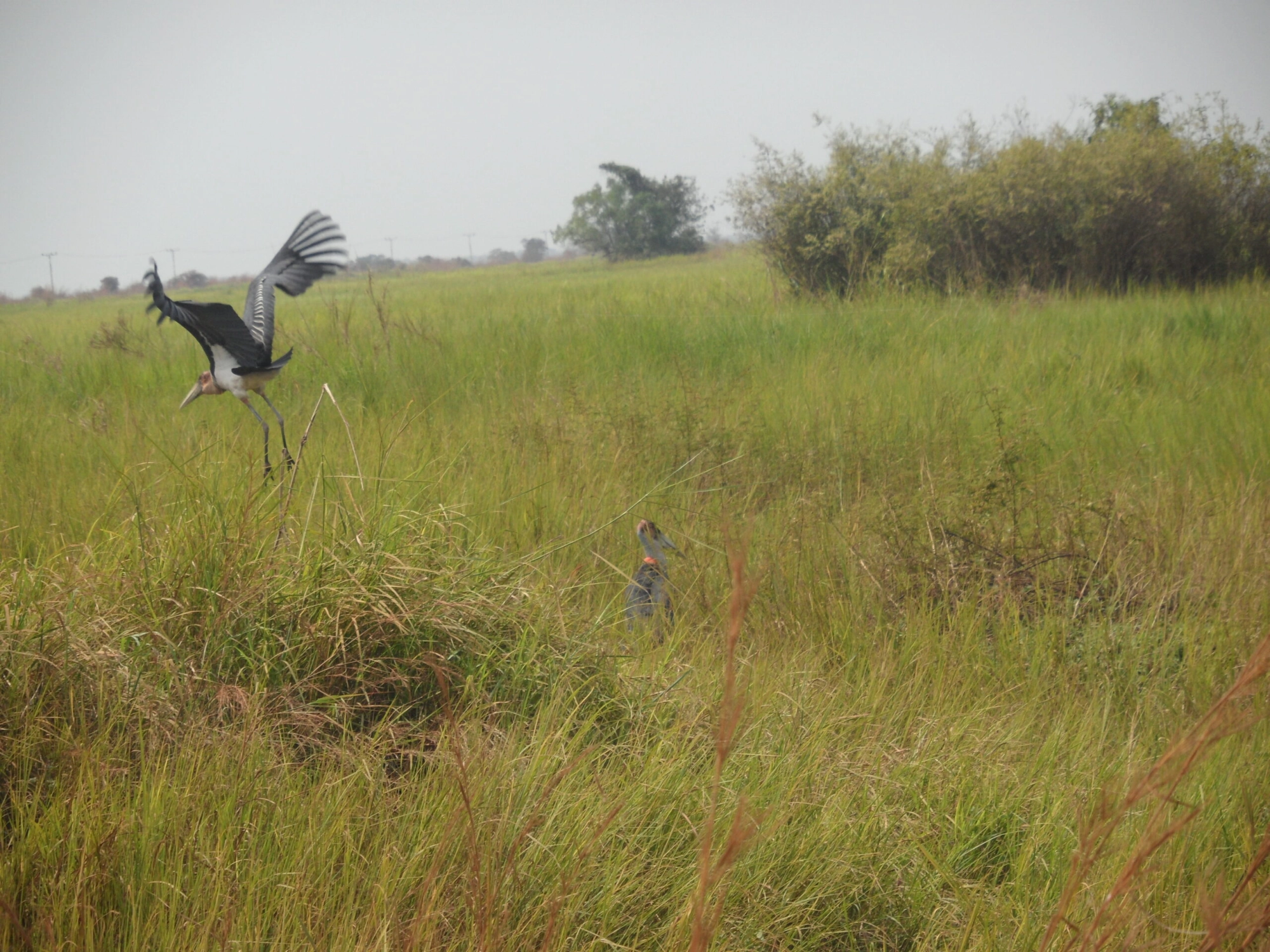 Marabou storks (Leptoptilos crumenifer) in Gambella, Ethiopia. Image courtesy of Abebayehu Aticho.
Marabou storks (Leptoptilos crumenifer) in Gambella, Ethiopia. Image courtesy of Abebayehu Aticho.
Mongabay: How can conservation strategies be improved by recognizing the environmental and socio-cultural link between birds and local communities?
Abebayehu Aticho: Based on the study findings, I realize the conservation process is very resource-intensive. If we want to revitalize the culture and knowledge, we will have to invest a huge amount of money, energy and resources.
The conservation approaches should be shaped by recognizing the local and cultural practices aligning with the local peoples needs. If Indigenous peoples roles, cultures and socio-spiritual practices are key for conservation, these practices should be included in conservation strategies and policies not only to benefit nature or wildlife but also Indigenous and local communities. So, it is very important to include their best practices and that should be the focus of the conservation process to maintain a symbiotic relationship with nature and its beings.
For example, it is important to include local knowledge and elder wisdom in conservation planning and practices and further be incorporated in the implementation, monitoring and evaluation phases for conservation practices to be sustained for a long time.
From the very beginning, we have to work with communities hand in hand to identify the problems, their causes, and the local knowledge and practices exist to solve them. I think if we plan together with the Indigenous and local communities, we could find equitable and practical solutions to the problem by involving their knowledge and participation in projects and conservation processes.
Banner image: Black crowned crane (Balearica pavonina). This species is among the gaatkuoth birds (meaning children of god, children of light and symbols of the divine). Image by Saverio Savio via Flickr (CC BY-NC-ND 2.0).
Seeking the humanitywetland balance: Interview with Zimbabwean activist Jimmy Mahachi
Citation:
Aticho, A., Beyene, A., Zelelew, S.A., Puok, C., Gosler, A.G., Stenseth, N.C., & Chala, D. (2024). Birds as sacred children of god, beholders of spirit and symbols of twinhood: Humanbird interaction among the Nuer in western Ethiopia. People and Nature, 6(6). doi:10.1002/pan3.10719
FEEDBACK: Use this form to send a message to the author of this post. If you want to post a public comment, you can do that at the bottom of the page.



